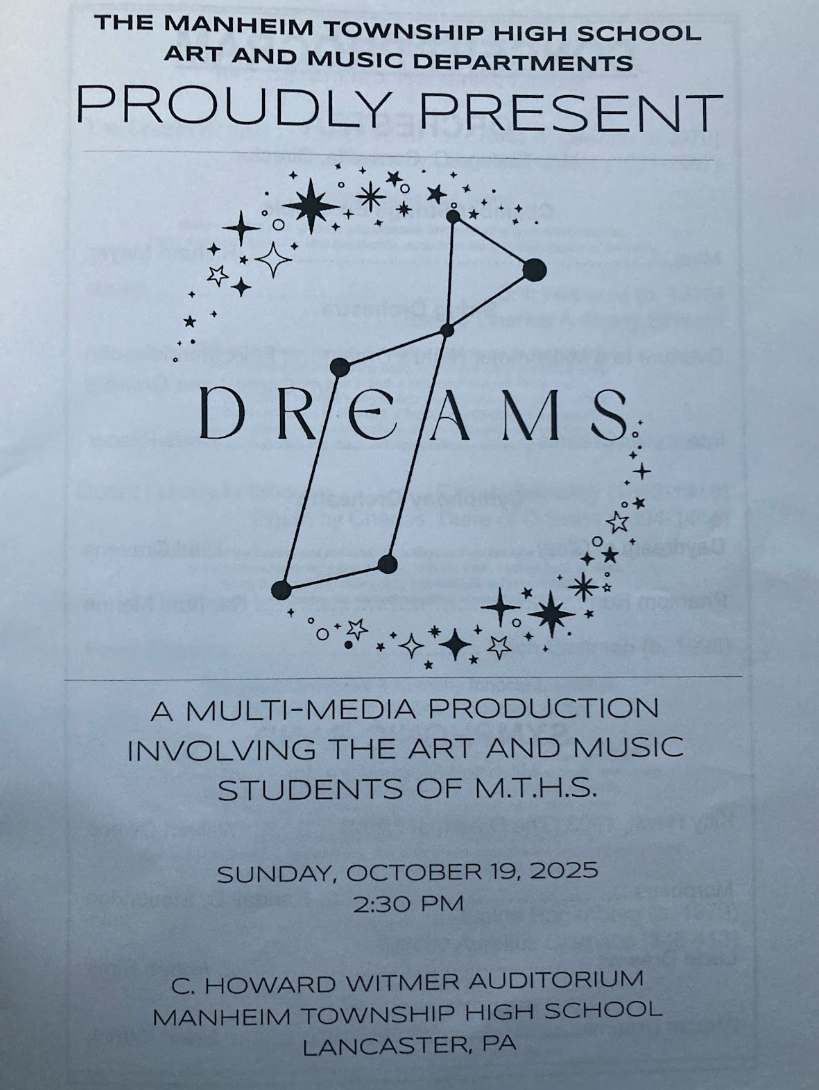Opinion: The Chris Herren Assembly Was Less Impactful Than Expected to Be
November 2, 2022
We have all been to at least one assembly that discusses the dangers of substance abuse. But have any of them ever stuck? Have they ever resulted in new knowledge, or a new perspective? The speakers who come in, everytime, without fail, stand in front of the student body and preach the same words over and over. Although these words are spreading valuable information, they are repetitive and don’t tend to stick in the mind of a high schooler. This school year, the student body saw something different: a speaker who had the confidence and belief that he could change that.
Chris Herren, a former professional Celtics basketball player, visited the district with a goal to leave behind a new and improved message in the minds of the student body. Herren was able to share an interesting perspective with the school and connect deeply to the topic, as he himself was a drug addict. The lesson overall was to show the negative consequences that drugs and alcohol can lead to. He shared how he had once been in the same position as the students sitting in front of him, and how his story would be the one to change our views on this common, detrimental topic. He is a strong advocate for prevention of substance abuse, and speaks all over the nation sharing his experiences through the telling of stories and motivation to change. Although this was his goal, did he really meet this, or did this assembly leave students with the same common takeaway as prior audiences? The direction that Herren took throughout his presentation was the discussion of real world scenarios. He included stories and words from coaches and games from the time he was in high school. This tactic gives a connection between the speaker and the people listening. The use of stories definitely gives the audience a different perspective on how to approach the topic of drugs and alcohol. Herron uses the technique because it is more direct and filled with the emotion and unwelcome outcomes that happen in everyday life. Students can connect to different emotions when listening and sympathize. Though this is true, the use of stories could also create the wrong kind of impact on their minds as well. Instead of focusing on the message, the attention was on the “characters” in the story or the emotion connected to the past memories that Herron brought to the forefront. The conversation began to stray away from substance abuse and almost began a walk down memory lane.
Since Herren was a prior professional basketball player, much of his presentation was based around that single fact. He grew up with an excellence in athleticism and displayed that to the school during his journey through addiction. During the entire program, every story, every example, every outcome led back to basketball. It was his life. Although this approach can benefit many students here at Manheim Township, it does not reach all. High schoolers tend to be more attentive if the topic connects to their personal interests. If an individual cannot relate to the topic, there is less of a chance that it will be heard. Many students in the audience do not have a connection to the overall subtopic of basketball and/or athletics, leading them to most likely not have an interest in what is being taught. If the goal of his presentation was to reach all and change the minds of the student body, then why was his message only directed towards a certain group of people?
Towards the end of the presentation, Herren opened the floor up for questions. Before he did so he told a very emotional story of a girl who had a question at a prior assembly. He wanted to make it clear that every question asked was indeed important, no matter who it was coming from. He encouraged all students to have the courage to ask questions even though it may feel scary or pointless to ask. Although the time was taken to say this, he did not completely hold true to what he promised. While it can be understood that there was most likely a limited amount of time remaining, Herren spent more time focusing on the story rather than the questions that followed. He did allow a few students to voice their inquiries, but these were only briefly covered. He took the long way around the answer and only settled with less than a conclusion. With his promise earlier it was surprising to see the answers fall short and instead watch him turn the questions into the stories that he found to slightly connect with them.
In the end, Chris Herren presented MT with an abundance of valuable information. He gave a story that was raw and full of heart, one that, like he explained, would be like no other. But was it enough? Did it truly change the minds and shed new light on this topic we hear every year, or did it only provide a story?













